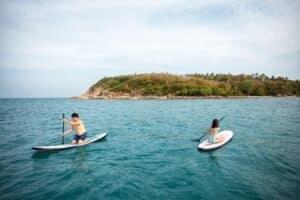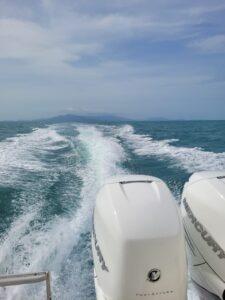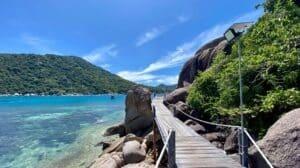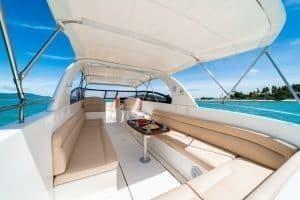discover ang thong, koh phangan, koh tao, koh samui and more
Samui Luxury Boats
42+ Islands
All Inclusive Packages
Customised Tours
Rapid Response Times
Within 24 hours, 7 days a week. We are ready to get your dream samui luxury boat charter arranged quickly and efficiently.
5* Customer Experience
Tripadvisor 5* (234+) & Google Maps 4.9* (97+) shows just how much we care about our customers’ opinions.
Protected Payment Options
We ensure that your funds are deposited securely and efficiently with PayPal, Stripe, Wise or SWIFT International Bank Transfer.
Samui Luxury Boats
Consistently high standards for Samui luxury boat charters
Hand Picked Boat Charters
At Samui Luxury Boats we partner with the very best boats and crews in Koh Samui to ensure your perfect dream Koh Samui boat charter
Chris and the Samui Luxury Boats Team
Samui Luxury Boats was launched in 2013 with a vision of excellence throughout their tours. Chris and the team are always standing by to support your Koh Samui boat charter needs
Continual Quality Assessments
Through our constant evaluation of boat condition, insurance, equipment and crews combined with feedback from our customers we ensure that every boat charter is of the highest standard
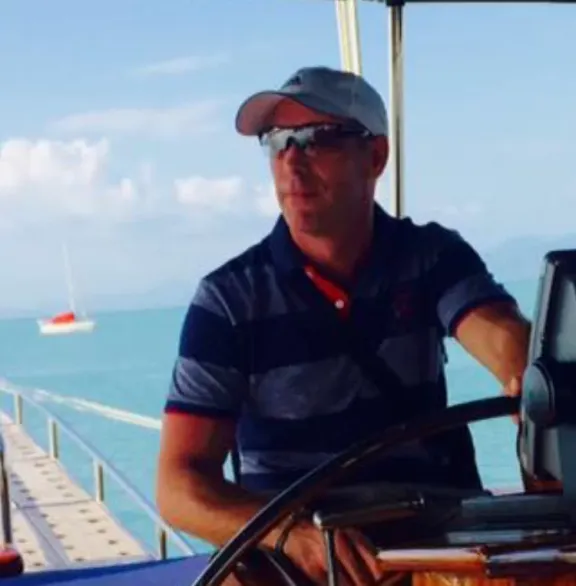
Your Man in Samui
Chris Mills
For Chris, forming Samui Luxury Boats back in 2013 was a dream come true. With a successful career in hospitality and communication for leading global brands such as American Express, Amazon, and BP, Chris was looking for his next big challenge. Having grown up on the outskirts of London and spending his professional career in the city, Chris was ready for change.
Arriving in Koh Samui with an open mind Chris quickly realised there was an opportunity for a high-quality boat charter solution. With key relationships built with the best boat operators and finest crews, Chris established Samui Luxury Boats and is happily charting a course into the 2nd decade of operation.
Samui Luxury Boats’ crews are lucky enough to witness some of the world’s most beautiful seas, corals, and marine life through our work. There is a wealth of stunning life under our boats and we benefit from this every day. It is in our best interest to preserve and support our environment. To ensure this, we work with our captains to ensure minimal impact and request our visitors to carry out whatever they carry in. Chris’ passion for the environment and marine life has ensured support for various projects around Koh Samui for the preservation of our delicate marine ecosystem.
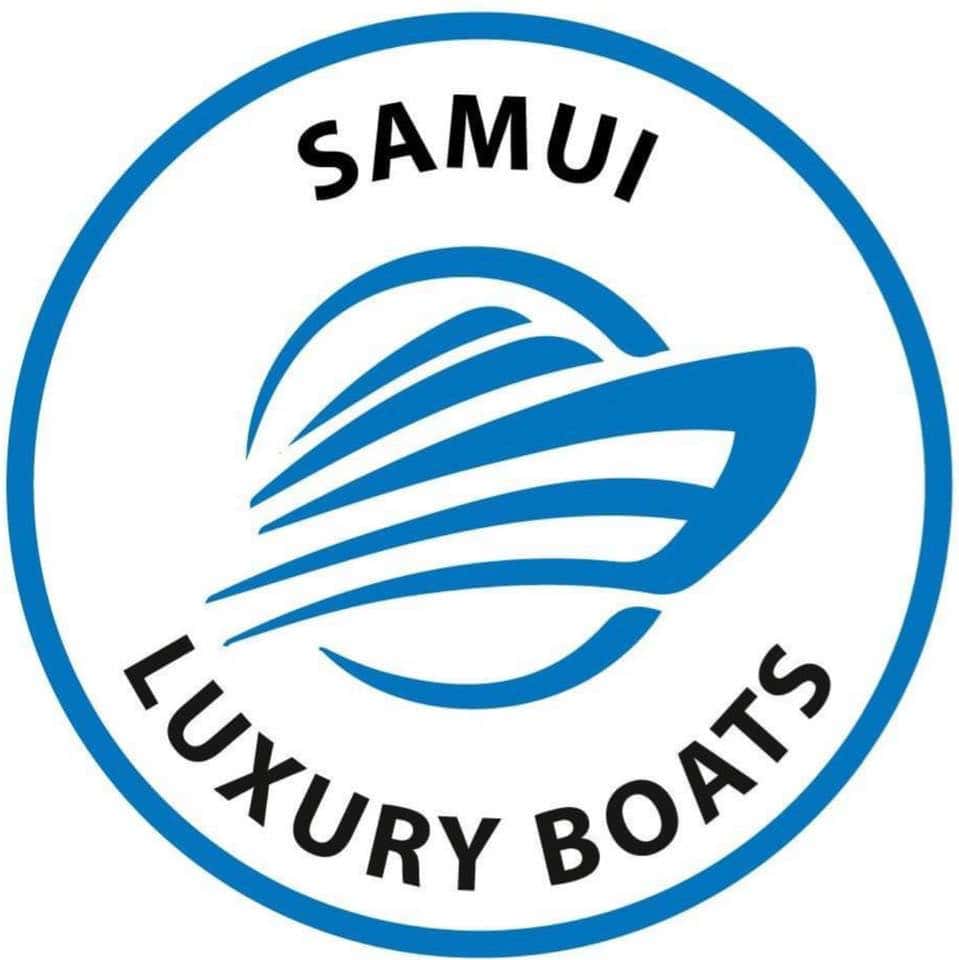
24/7 Contact
We respond to all inquiries within 1 Samui day. We work weekends, weekdays, Christmas Day, you name the day
Quality Controls
Our crews report daily on boat conditions and feedback from our guests to ensure continual quality
Best Boats
By working with independent boat operators, and constantly assessing, we can constantly select the finest options for your tour
Special Requests
We pride ourselves on flexibility and guest satisfaction. If you have a request, please let us know during our communications
Reviews
Our guests feedback
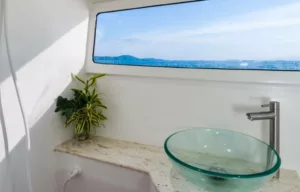
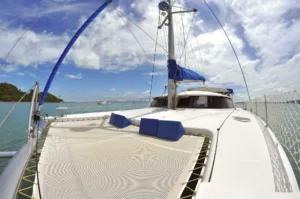
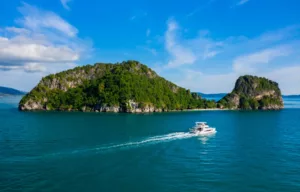
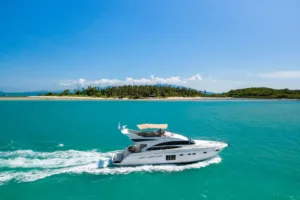
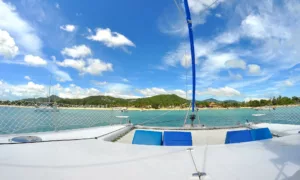
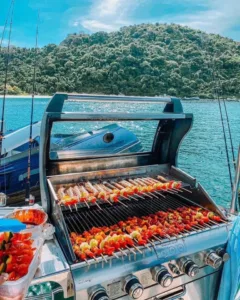

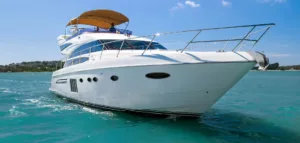
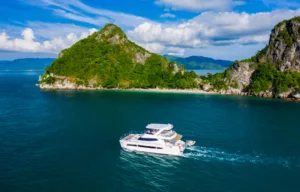
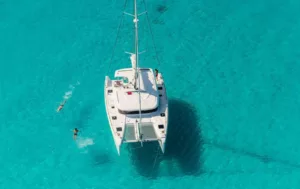
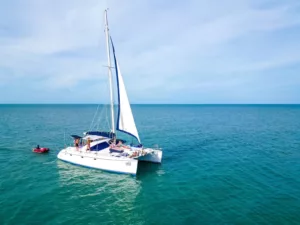
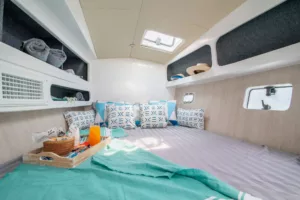
Visit Koh Samui in Style
We have your tour!
Whatever your dream, now is the time to start that conversation. At Samui Luxury Boats we believe that dreams can come true.


